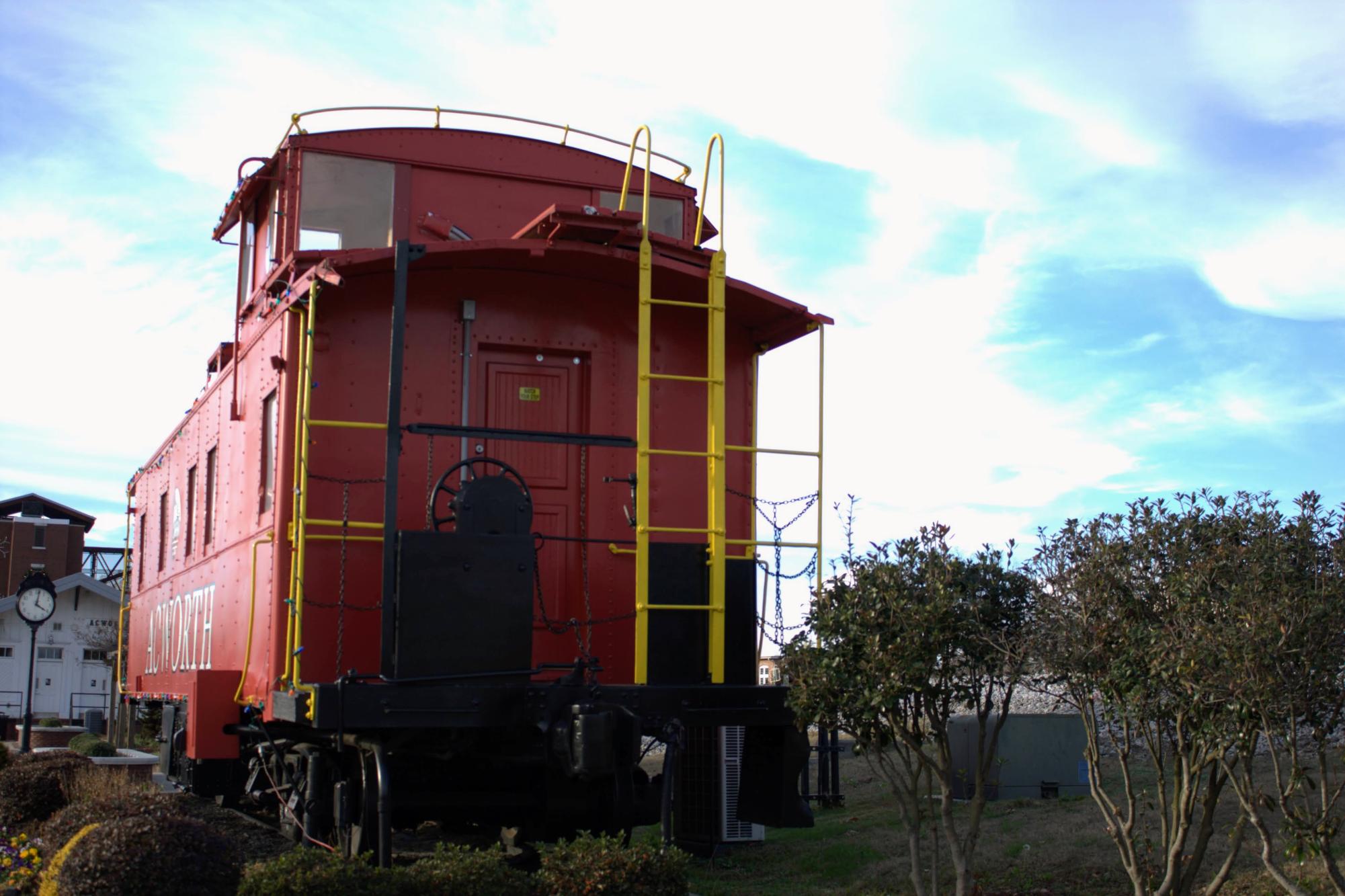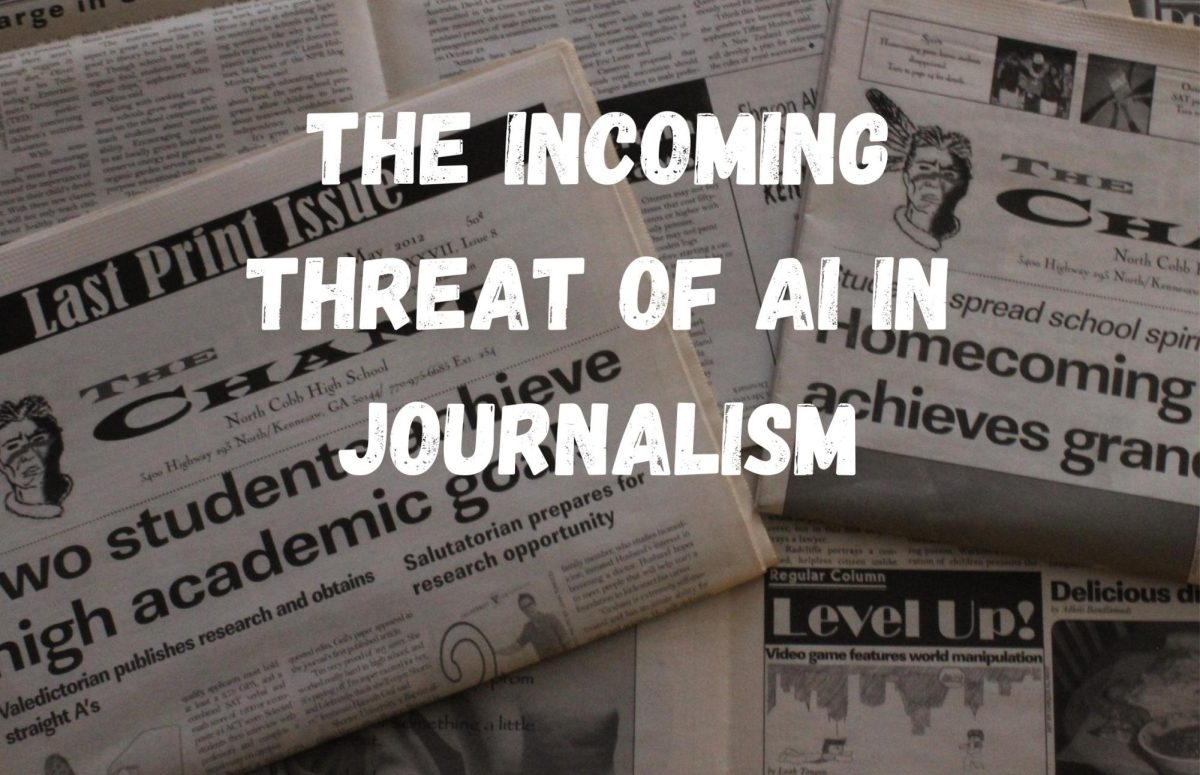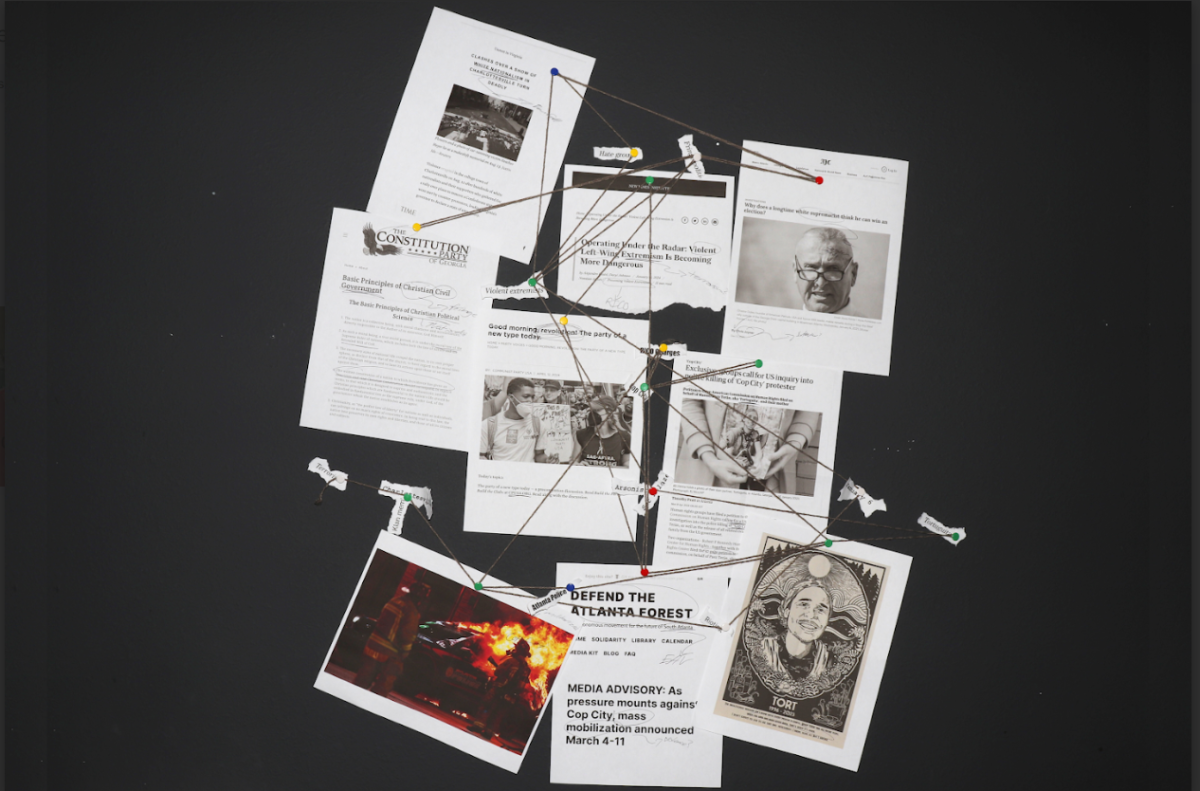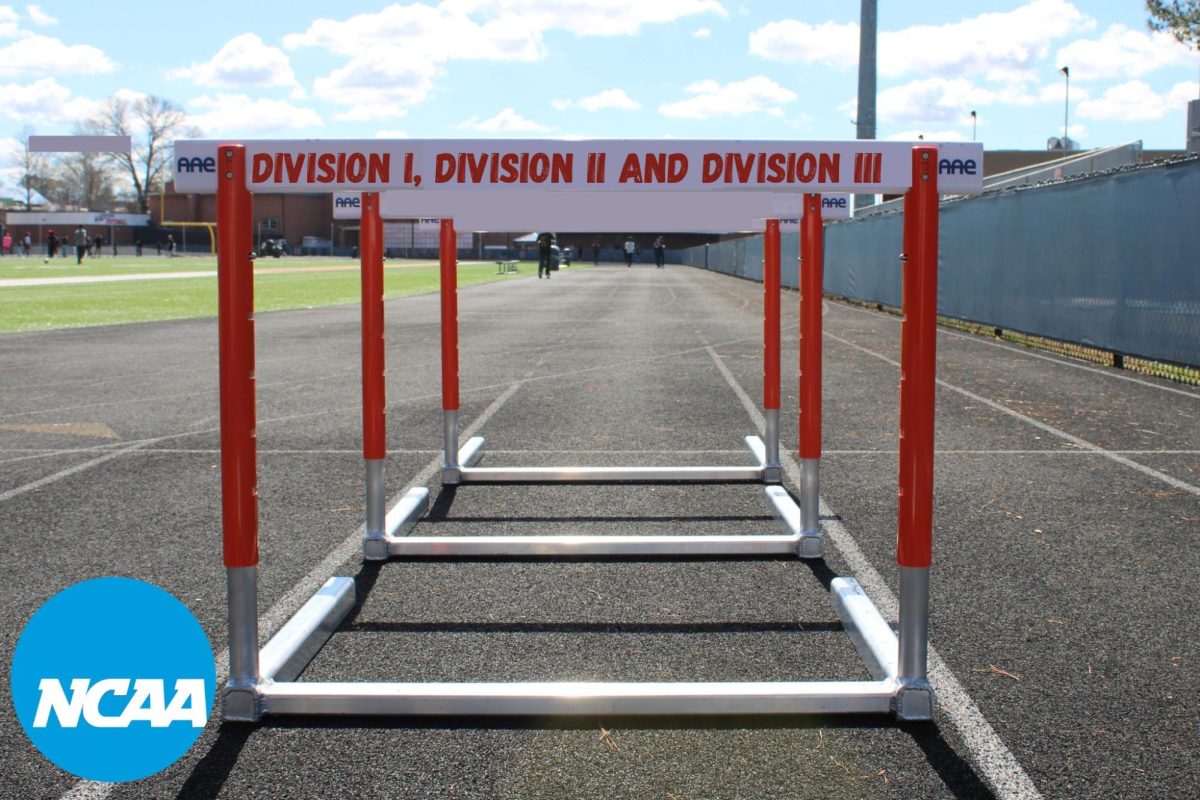For years, the United States dominated as a superpower in locomotive travel and still remains the global leader in freight traffic. However, as other countries continue to expand both passenger and industrial railways, the US turns away from train transportation. Automobiles and airplanes currently dominate the market in the US, but questions regarding the future of transport and travel linger with growing populations, losses in capacity and additional environmental concerns.
During the period between 1850 and 1860, companies tripled American railroad coverage, reaching over 30,000 miles of tracks across the country. By 1902, The US exceeded 200,000 miles of railways, doubling its quantity from 20 years earlier. Over the last century, however, the locomotive market has slowly dwindled. Currently operating on 140,000 track miles, The US Department of Transportation (USDOT) has seen a 63% decrease from the nation’s peak in 1929. Since their pedigree at 429,000 miles, the US has lost rail mileage every year since.
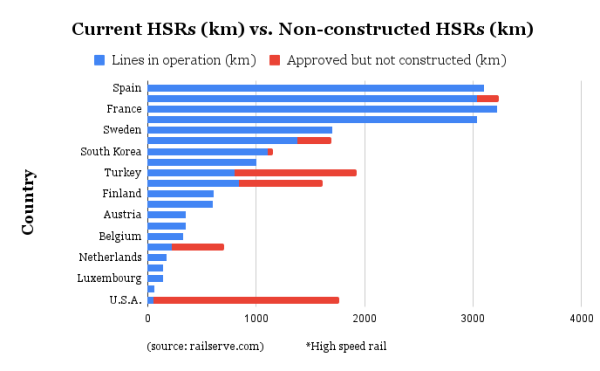
Despite the decrease in rail mileage, freight transportation maintains the greatest profit margin of any industry in the US, and no other industry comes close. The average profit margin for any American industry remains at 8-9%. As for freight companies, the profit margin sits comfortably above 50% with nearly a 10% lead above the second-highest market. With America’s seven Class Ⅰ railroads raking in $66 billion in 2020, the railroad industry has proven its sustained dominance in the American economy.
The vision for passenger rails grows foggy, however, as the US only recently showed signs of a revitalized public transit system. Once a booming business accented by luxury cushioned benches and spacious sitting rooms, the invention of cars quickly chewed away the need for train travel. The US’s only major passenger rail network, Amtrak, supports around 22.9 million riders per year. Japan, home to the world’s busiest passenger rail, hosts 18.5 million passengers per day, which means it would take the US nearly six years to total the number of passengers Japan receives in one week. Furthermore, over 40% of Japanese travelers use the train system, while 90% of US citizens commute by car.
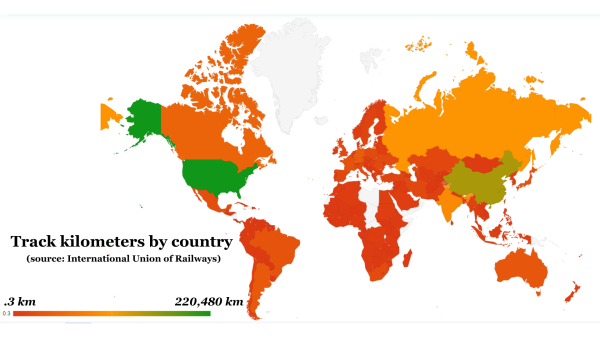
“What I noticed about the railway system in Japan is that the trains ride very smoothly compared to the US, especially the bullet train. In America when you ride the train it’s very rocky, and you can feel yourself jostling for the entirety of the ride, but I experienced the opposite in Japan. Aside from the twists and turns on the track I never felt any of the rocking that is felt in America, and most of the time I forgot I was on a high-speed train because of how smooth it was,” NC magnet senior Abigail Rigg said.
The environmental effects from automobiles have fallen under scrutiny in recent years with 2023 firmly on pace as the hottest year in history. Congress and foreign governments scramble to find innovative ways to prevent climate change, and for the US, the answers target the public transportation system. The Environmental Protection Agency (EPA) found in a 2020 report that the transportation sector produces the highest levels of greenhouse gasses (GHGs) of any economic sector in the US. These GHGs pollute the atmosphere and have grown as the leading culprit of global warming.
With transportation accounting for the majority of GHG emissions, the various modes of travel hold drastically contrasting shares of emissions. Automobiles account for about three-quarters of travel-related GHGs. Aviation holds another quarter. Rail lines produce the last 1% of GHGs. To chew into the global emissions, which rest at an estimated 7.6 gigatons of carbon dioxide (GtCO2) in 2023, countries need to act quickly. The International Energy Agency estimated global transport will have contributed 1.7 GtCO2 in the atmosphere in 2063. That would require the elimination of nearly 6 gigatons over the next 50 years.
Train travel as a global warming solution climbs its way to the global eye. High-speed railway systems (HSRs) have grown rapidly since their invention in 1964. The European Union (EU) found great success in the reduction of its carbon footprint since increasing funding for HSRs. The US ranks dead last among nations with passenger rail systems and only 22 in HSR development among all countries, falling behind Luxembourg, Belgium and Uzbekistan.
Interestingly, the US leads the world in one HSR category: approved, yet unconstructed railroads. In the last decade, the US government made a push for updated passenger rail systems. The Biden-Harris Administration passed a lucrative 1.4 billion dollar bipartisan plan to update both the passenger and freight railroads. The potential renovations could prove vital for the advancement of Amtrak and the future of public transit, but several other issues may halt the efforts.
Amtrak has projected several plans to expand railroad transit including the introduction of the Amtrak Airo in late 2022. The Airo can climb speeds up to 125 miles per hour and could reduce emissions by over 90%. The company projects a 2026 release, but Congress recently has pushed to stop those efforts. The House of Representatives Transportation and Infrastructure Committee proposed a plan to cut federal spending on Amtrak by 64%. This proposition came after an incredible 66 billion dollar federal investment into Amtrak in 2021. The pushback follows a reported 2 billion dollar loss for the company in the same year. Despite the conflict within the House, Amtrak maintains lofty goals such as the addition of 39 routes to expand a network currently only serving 27 major cities in the US.
“For Amtrak, if you look at the network that we run today, it looks a lot like the network we had in 1971, 50 years ago, when we were created, but boy, population and demographics have changed, right? There’s [sic] 100 million more people in the United States today than there were when Amtrak was created in 1971. And if you look about the shift of where people moved to and where they have moved from, there are 20, 25 dense corridors across our nation where Amtrak has little to no service,” Amtrak Chief Executive Officer William J. Flynn said.
In past decades, freight companies operated under a legal obligation to provide passenger services. This ended in 1970 after freight rail company Penn Central filed for America’s largest corporate bankruptcy at the time. In response to the failing businesses, President Richard Nixon signed the Rail Passenger Service Act, effectively ending privatized passenger railways. Now, with an almost entirely government-run system, Amtrak has struggled to take control of delays and maintenance on the 70% of Amtrak lines owned and operated by freight companies.
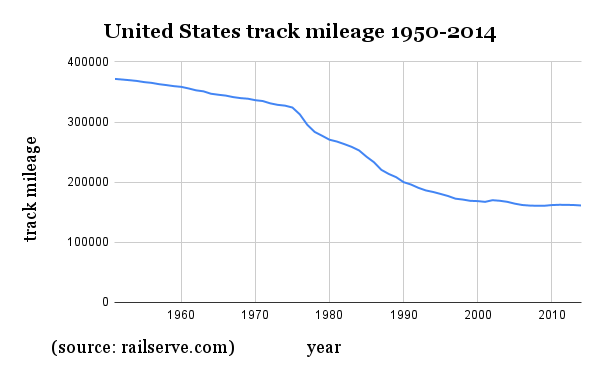
Privatized passenger rail has turned obsolete in the US, however, the hopes to advance to HSRs may never prosper in the government’s hands. The debate within the Capitol on the use of funds continues to slow down the potential of American HSR systems.
A Florida-based rail company, Brightline, proposes a new solution. Brightline operates an HSR which runs over 125 miles per hour between Miami and West Palm Beach. With no reliance on federal funding, Brightline expects success in innovative rail technology, unlike its underfunded counterpart, Amtrak. The trains from Brightline include a 4,000 horsepower engine, which engineers claim that the exhaust releases cleaner air than the air around the train.
The private rail network currently expanding in California has faced recent controversy. Brightline sits as the deadliest railroad line in the country. A study from the Associated Press found that between 2017 and 2019, Brightline trains caused one death per every 29,000 miles. Freight company Florida East Coast, a corporation that shares lines with Brightline, saw a death every 160,000 miles, a far cry from Brightline’s rate. The deaths mainly result from suicide or pedestrians attempting to beat the train at a crossing. Brightline pinpointed the lack of state regulations on pedestrians as the cause for the recent deaths. Brightline struggles with the concerningly high death rates despite an above-average brake system which takes approximately a quarter-mile to stop versus the average 1-1 ¼ mile stoppage of freight trains.
“…We absolutely do need to invest. Only a very small percentage of our total track can support speeds of 90 mph or greater. There will definitely be a need for tracking infrastructure work to get speeds up. There are going to need to be investments in stations,” Flynn said.
With the worries around private trains’ safety, the future of rail lies in the hands of the US government. As Amtrak lacks the funding to advance into HSR development, America loses a grip on the future of Amtrak. This inevitable struggle of a country that developed an automobile-dominant transit system creates a lack of focus on the unlikely future for America.


